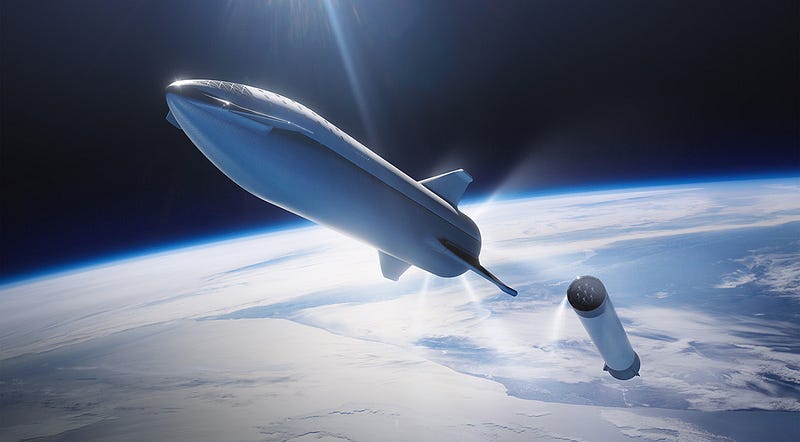The Future of Space Launch: Commercial Rockets vs. NASA's SLS
Written on
The Shift Towards Commercial Spaceflight
Charlie Bolden, who led NASA from 2009 until early 2017 and has four spaceflights under his belt, has valuable insights regarding the Space Launch System (SLS). In a recent interview, he discussed the remarkable progress made by commercial space companies like SpaceX. Bolden foresees a future where the SLS may be sidelined in favor of more advanced commercial super-heavy-lift rockets.
Though Bolden has historically supported the SLS, he has expressed skepticism about the readiness of commercial entities to handle super-heavy-lift designs capable of launching payloads to the moon and beyond. Initially expected to launch in 2017, the SLS has faced numerous delays, with NASA now aiming for a late 2021 liftoff.
In the latest interview, Bolden acknowledged that “SLS will go away” as commercial rockets evolve over the next few years. He stated, “They are really going to build a heavy-lift launch vehicle sort of like SLS that they will be able to fly for a much cheaper price than NASA can do SLS. That’s just the way it works.”
The SLS, which heavily utilizes technology from the Shuttle program, is designed for single use, capable of sending significant payloads into Earth orbit or less massive ones to the moon and beyond. This rocket is central to NASA’s Artemis program, aimed at returning humans to the lunar surface. However, its high cost—approaching $20 billion for the overall program and about $2 billion per launch—raises questions about its sustainability.

Comparative Cost of Launch Systems
In contrast, launches with SpaceX's Starship could potentially cost as little as $2 million, a staggering reduction compared to the SLS.
While the Falcon Heavy remains the only commercial super-heavy launch vehicle, it illustrates the capability of the commercial sector to develop larger rockets. Both SpaceX and Blue Origin emphasize the importance of rocket reusability to advance space exploration, while the SLS appears to be outdated.
You can envision a scenario where SpaceX completes its next-generation Starship and Super-Heavy launch platform, while NASA continues to expend $2 billion per SLS mission. Elon Musk has indicated that costs for Starship launches could drop to around $2 million once operational. Bolden’s perspective suggests a clear preference for the commercial approach over the SLS model, signaling that if SLS is phased out, it could mark the end of NASA's in-house heavy-lift designs.

The Future of Space Exploration
This video discusses why NASA’s Space Launch System might be overshadowed by emerging commercial alternatives, highlighting the rapid advancements in private space technology.
In this video, the potential for NASA's Space Launch System to be replaced is explored, offering insights into the shifting landscape of space exploration.